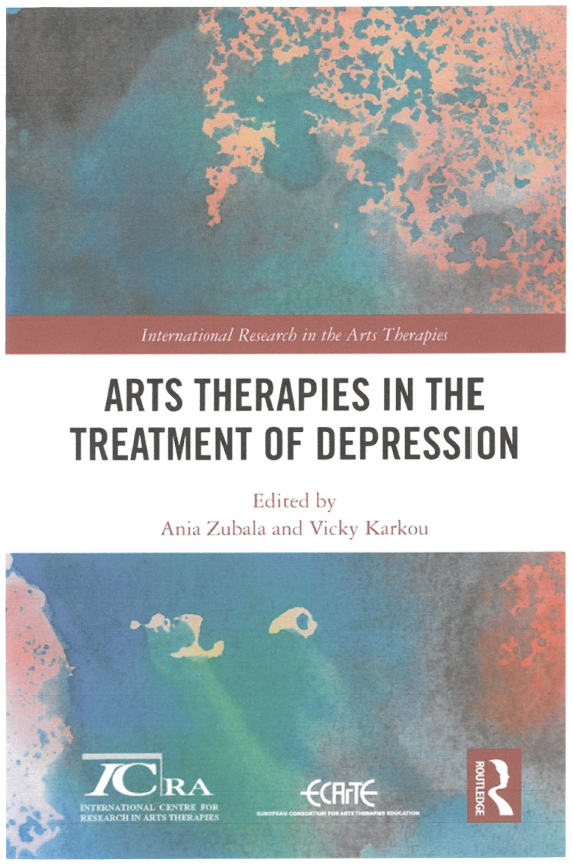Book chapter about art therapy for individuals suffering from depression, from a book published by Routledge

Children who had experienced stress and/or trauma and had specific learning difficulties were selected to participate in research investigating a therapeutic method comprising art therapy and education. Art Educational Therapy (AET) emerged through the research in which integrated emotional and intellectual processes are worked with simultaneously. Oli, who took part in the study, was depressed at the beginning of the therapy but felt better at the end of it.
Art-making, which often included writing, was found to be important both in the therapy and in the researcher’s own process, where it provided a creative and reflexive research methodology. The way in which art making creates a fresh understanding and a new kind of relationship to a project worked with, is reviewed in the chapter. The process of creating art leads to increased understanding and awareness, which connects to personal meaning. As a result, the understanding of the project can be more meaningful, as opposed to understanding that is formed solely by reading and writing, which is more connected to a linear process. The subject is discussed in terms of a research project and how such drawing can facilitate coursework learning and at the same time serve therapeutic purposes.
Ottarsdottir, U. (2018) Art therapy to Address Emotional Well-being of Children who have Experienced Stress and/or Trauma. In: A. Zubala & V. Karkou (Eds.), Arts Therapies in the Treatment of Depression: International Research in the Arts Therapies (pp. 30-47). Oxford: Routledge.
DOI https://doi.org/10.4324/9781315454412
Tags: Art Therapy, depression, project, art making, understanding, meaningful.